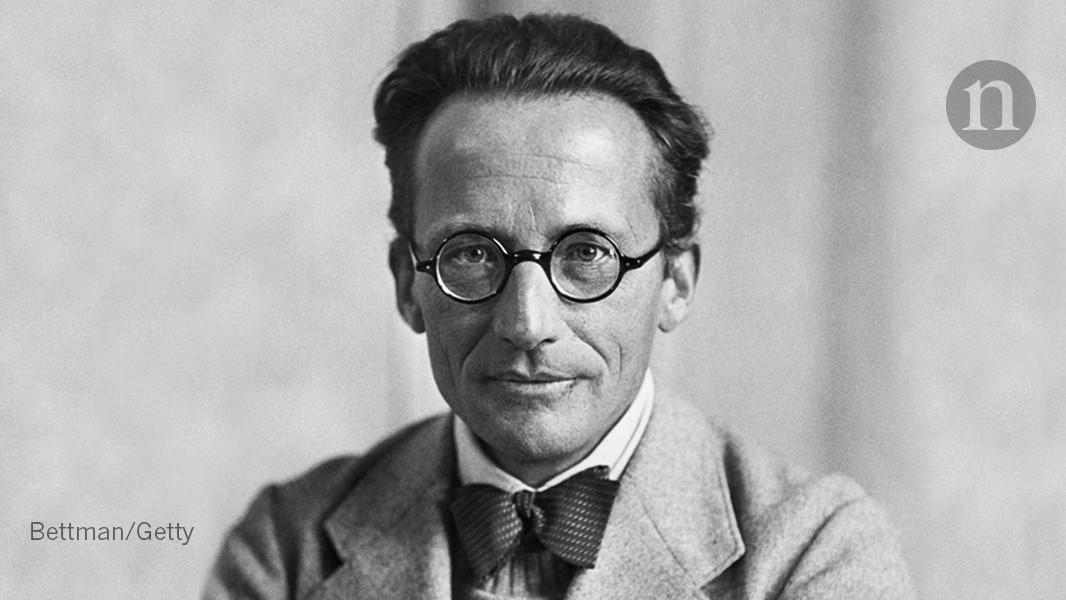Get the latest tech news
Schrödinger's IPv6 Cat
IPv6, a protocol developed in the late 1990s to address the anticipated Internet address exhaustion crisis, exists in a paradoxical state. For some, while its adoption might have taken longer than expected, it represents a success story - steadily expanding in deployment and enabling more users and…
Often developed by external consultants and turned into political decisions without sufficient technical community input, these plans eroded credibility as deadlines passed unmet, fostering skepticism and reducing the perceived urgency of IPv6 adoption. However, while well-intended, such mandates can create additional problems due to the rapid pace of technological evolution that often outpaces the ability of policy to adapt, making top-down approaches risky and unrecommended. These successes highlight that no single actor can drive IPv6 adoption alone; collaboration among governments, industry leaders, and technical communities is essential for ensuring the Internet’s resilience, scalability, and capacity for innovation.
Or read this on Hacker News
